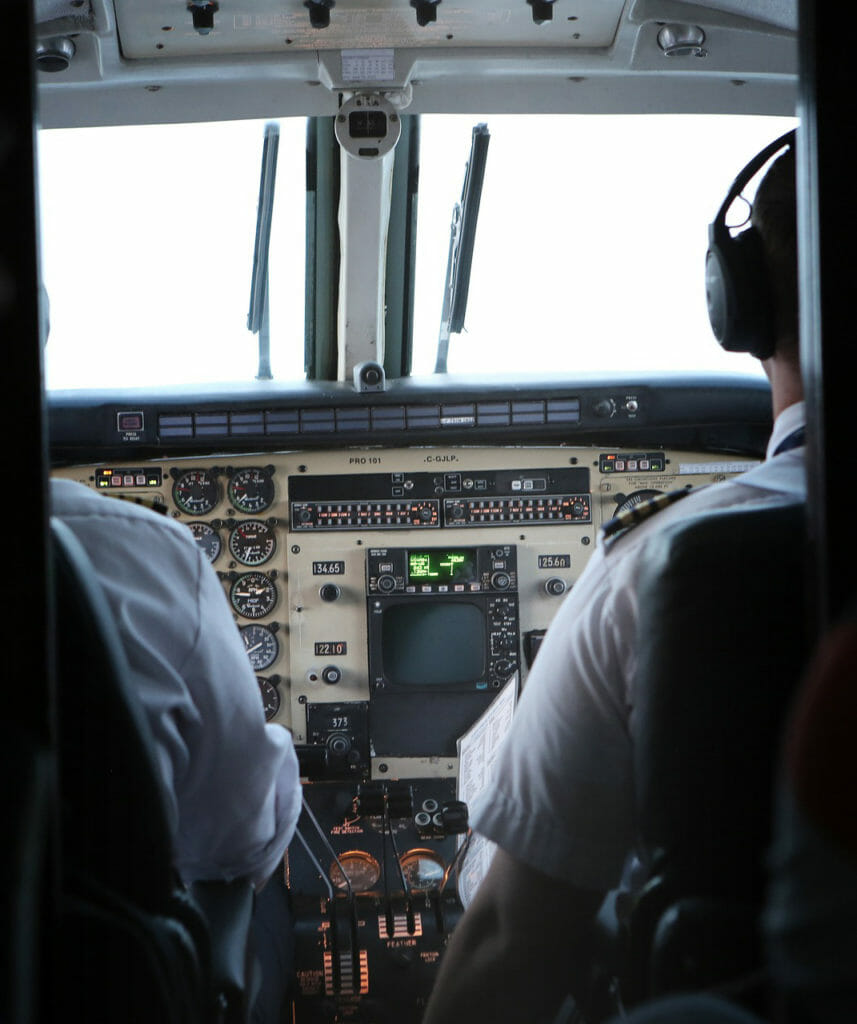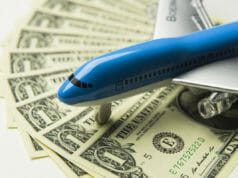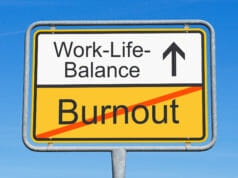
Photo used with permission from Pixabay.com
It should come as no surprise that one of the first things a pilot looks at when comparing airlines is the hourly pay. A good rule of thumb pilots use to forecast how much they’ll make is to multiply the hourly rate an airline pays a pilot by 1,000. For example, if the first-year pay at an airline is $40/hour, pilots can expect to earn $40,000. Of course, since pilots are paid hourly, there are numerous ways a pilot can increase that pay. The best way to do so significantly without working too much, is to thoroughly understand the contract, with emphasis on the compensation section.
To start with the basics, most airlines employ a Minimum Monthly Guarantee, or MMG, to assure pilots a baseline of how much they will be paid. The norm across the regional airline industry is an MMG of 75 hours. Non-regional airlines may offer fewer hours guaranteed each month, but usually have a higher hourly pay rate. This MMG is usually the same for reserve pilots as it is for line holders.
An important term pilots should be accustomed to is “add-pay,” or additional pay. Any pay that falls under add-pay is compensation that is added to a pilot’s current monthly credit or MMG. For example, a pilot has a monthly schedule of 68 hours and his/her MMG is 75 hours. The pilot picks up a trip worth 20 hours as add-pay. This pay would be added to the pilot’s MMG, and therefore the pilot would be paid 95 hours while working 88 hours. That said, there are certain stipulations that would determine whether a trip qualifies as add-pay or not add-pay. Usually, any trip picked up completely on days off would be regarded as add-pay. Trading trips, either in open time or with another crew member, would most likely not be add-pay.

Photo used with permission from Pixabay.com
“Trip rig” and “duty rig” are two very important terms used in the airline industry. Trip rig is the pay protection pilots have for flying trips. For example, a 4-day trip rig of 20 hours would mean that a pilot flying a four-day trip would be compensated for at least 20 hours. If the trip has a total credit more than 20 hours, the pilot is paid the total credit. Conversely, if the total credit were 14 hours, the pilot would be paid 20 hours because of the trip rig. Duty rigs stipulate how much pilots are paid each time they report for duty. This ensures that the pilot is paid a minimum flight time per duty period. For example, a typical duty rig is 2:1, meaning for every two hours on duty the pilot is paid one hour of flight time. So for a 12-hour duty period the pilot would receive a minimum of 6 hours of pay. Some airlines have a duty rig that increases once the pilot exceeds a certain number of duty hours. For example, a 2:1 duty rig up to 12 hours and a 1:1 duty rig over 12 hours, if the pilot was on duty for 14 hours, he/she is guaranteed to be paid for 8 hours of flight pay for that duty period. Additionally, most airlines also have a minimum day credit, varying from 3.5 hours to 5.25 hours. This means that each day is worth, at least, the minimum day credit. Lastly, other trip rigs can include stipulations regarding block or better and a time away from base divided by a multiplier. Block or better simply means that the pilot is paid for the scheduled block flight time or the actual flight time whichever is greater or better.
Airlines can also offer pilots pay for secondary tasks. Some airlines will pay pilots for quarterly Computer Based Training (CBT) required per regulation. Some will pay pilots for their time spent on CBTs by adding it to the credit for the month, while some add it on top of the monthly credit or MMG, whichever is higher (add-pay). At some airlines, once a pilot reaches a threshold in credit hours worked for the month, the company will pay an additional 10-30% for each hour worked. Airlines that fly internationally may also have clauses that pay pilots for clearing customs, or international overrides (additional dollars paid per hour). Customs pay is usually worth 10-30 minutes, and stipulations may apply. For example, the pilots must clear customs in the United States in order to be eligible for customs pay. Another stipulation may be that customs pay is paid only if clearing customs is associated with an overnight.
Lastly, and sometimes more importantly, critical pay is becoming increasingly common as airlines struggle to hire enough pilots to support their operations. If an airline is short of pilots on certain days, it may offer additional incentive pay to pick up the trips. Airlines typically offer 150-200% pay for pilots to pick up such trips, with 300% having been seen at one airline. Since such premium is paid to pilots who pick up these trips on days off, forecasting and guesswork is needed from pilots looking to cash in on this deal. These situations arise most commonly during summer months when flying picks up, as well as during holidays and weekends.
With all of these various clauses, stipulations and machinations, a thorough understanding of the contract allows a pilot to increase pay through working smarter, not harder. Airline pilot contracts vary significantly from one airline to the next in terms of work rules, which is why when making comparisons, it is important to understand not only the company’s pay rate but the possibilities of making extra pay. It is ultimately up to the pilot to gain a working knowledge of their contract to be able to improve their total compensation and therefor, their quality of life.























































































































